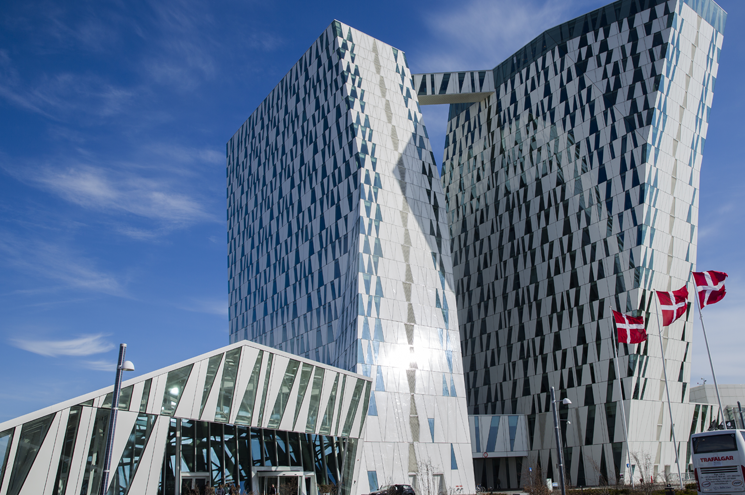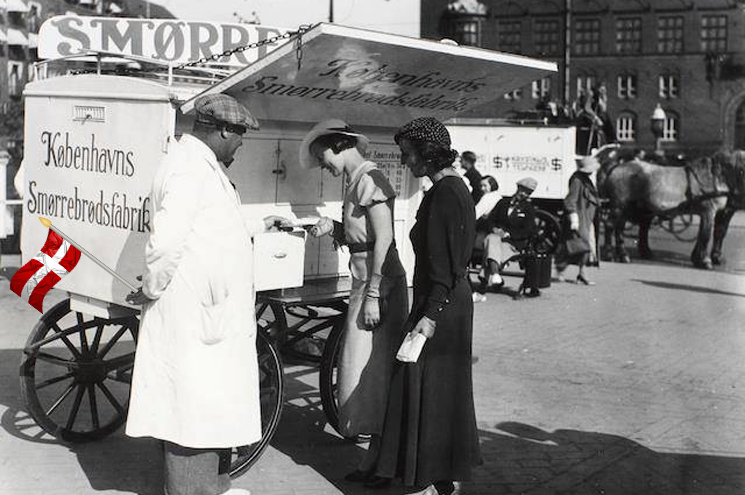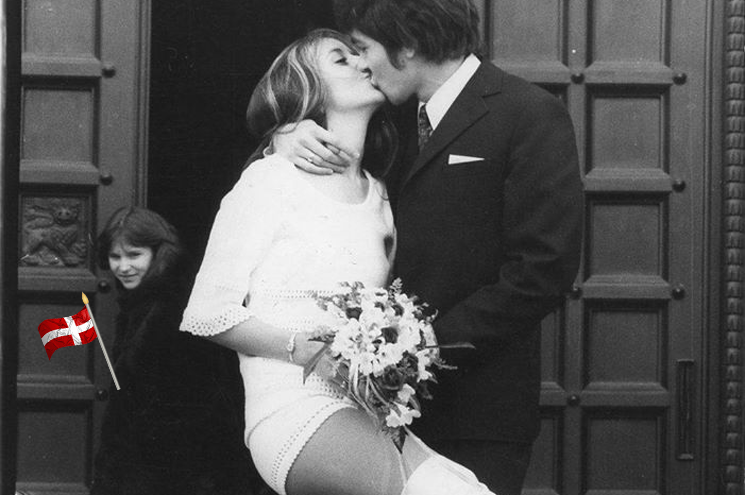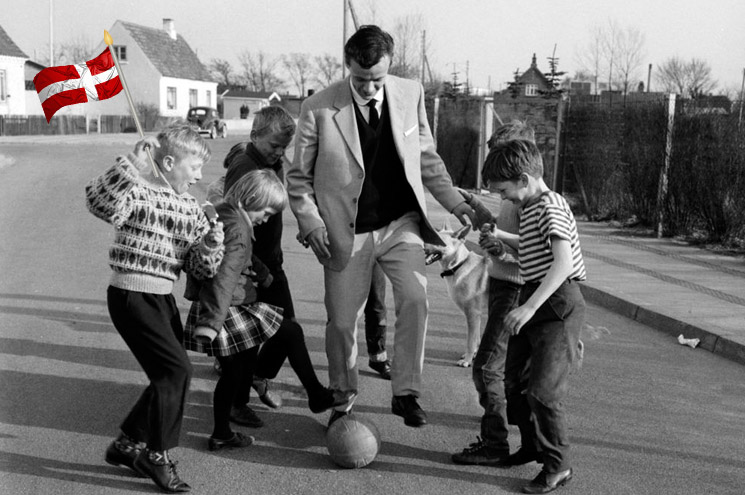Danes have stereotypes about each other, something that amazed me when I first arrived here. You have five and a half million people, and you’re dividing yourselves into groups!
But Danes themselves imagine a big difference between people from Sjelland, the island with Copenhagen on it, and Jylland, the bigger part of Denmark that is connected to Germany.
As the stereotype goes, people from Jylland are seen as quiet, reliable, trustworthy, and likely to marry young and start families soon after. They have distinctive and sometimes impenetrable accents, particularly the ones from Sonderjylland, near the German border. ‘Jyske’ people love the Royal Family and are much more likely to serve in the army or the police forces.
And people from Jylland are also sometimes seen as stubborn and very tight with money. They want to drive a hard bargain.
I can testify that there is some truth to this. I occasionally sell my daughter’s outgrown clothes and toys on the Den Blå Avis, Denmark’s version of eBay, and I’ve almost stopped selling to buyers in Jylland.
First, they want a discount, then they want me to arrange the cheapest shipping possible in a manner that causes me the greatest amount of bother. When the object arrives, they inevitably find some small flaw and want all their money back.
All this for items that cost less than 100 kroner, often less than 50 kroner. I think the thrill of the getting a better deal matters more than the few kroner they save.
But maybe they’re just responding to the stereotype about people from Copenhagen, which is that they look down on Jylland’s bonderøve – literally, ‘peasant butts’ – and do their best to cheat them out of their hard-earned money.
I don’t know if there are many actual Danish cheaters on the streets of Copenhagen these days – I think pickpocketing and fraud games have been outsourced to poverty-stricken immigrants – but people from Copenhagen are still seen as slick and slightly dishonest.
From the Jyske point of view, Danes from Copenhagen are Københavnersnuder – Copenhagen snouts, who are smart-asses, fast-talkers, and prone to exaggeration. Everything in Copenhagen is, in their eyes, the biggest and the best in Denmark. Kobenhavnersnuder wear odd, overpriced eyeglasses, and the men wear Hugo Boss suits.
Kobenhavnersnuder have jobs that are non-jobs, like Senior Communications Consultant or B-to-B SEO specialist. By comparison, people from Jylland have real jobs – like pig farmer, or Lego designer.
Of course, there are so many people from Jylland living in Copenhagen these days that the stereotypes have started to dissipate a bit.
As Denmark becomes a more international country, maybe that will happen with national stereotypes as well.
Buy Kay’s books about Denmark on Amazon, Saxo, Google Books, Apple Books, Barnes & Noble Nook, or via our webshop.
Image mashup copyright Kay Xander Mellish 2025
Read also: Denmark is not just Copenhagen: Exploring the Danish countryside


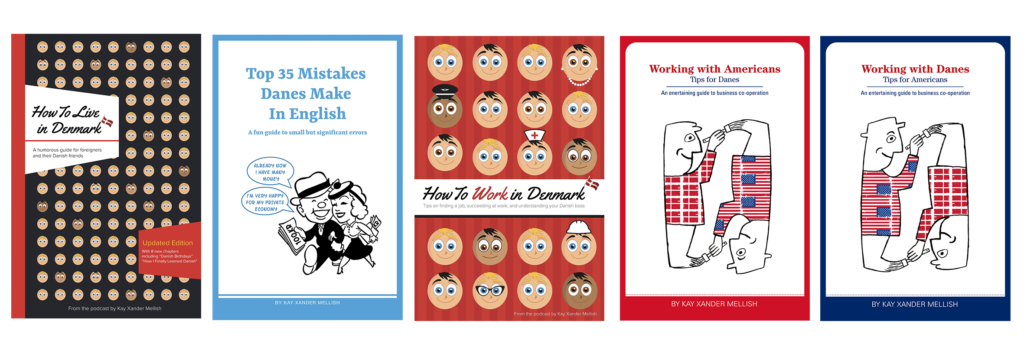
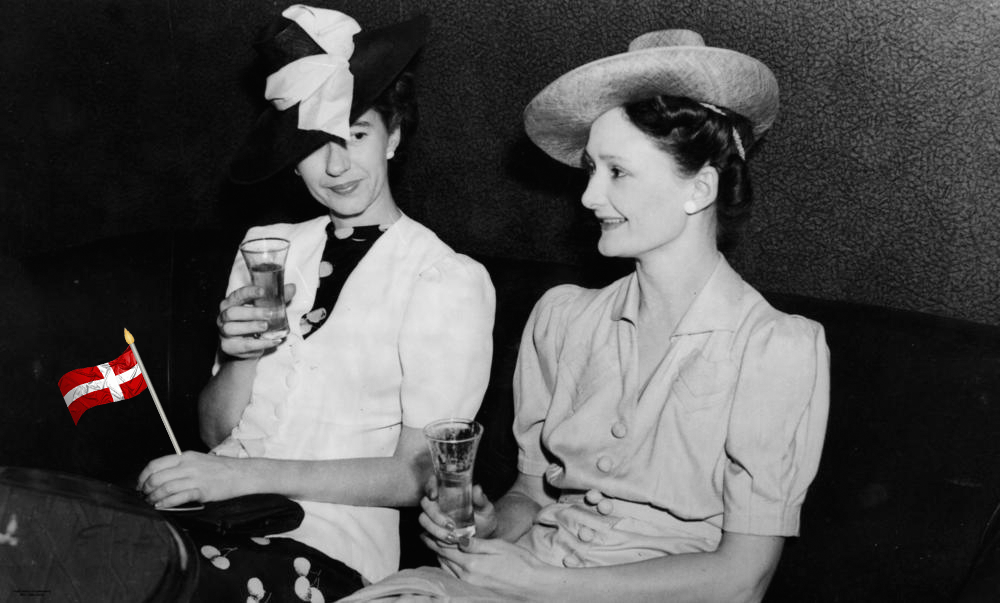

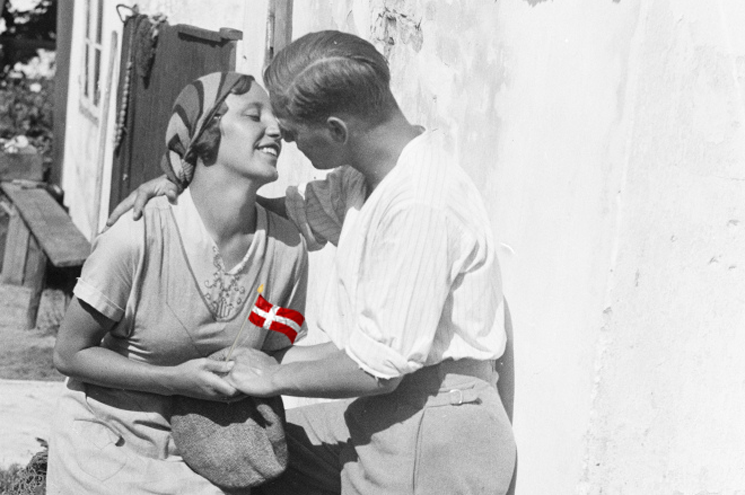
 w, and it’s noon, but it’s not really very light. Outside the sky is grey, and the air is kind of thick, and soupy. And it’s cold. I’m indoors, and the heat’s on to the max, but I’m wearing a thick woolen scarf and a knit hat.
w, and it’s noon, but it’s not really very light. Outside the sky is grey, and the air is kind of thick, and soupy. And it’s cold. I’m indoors, and the heat’s on to the max, but I’m wearing a thick woolen scarf and a knit hat.